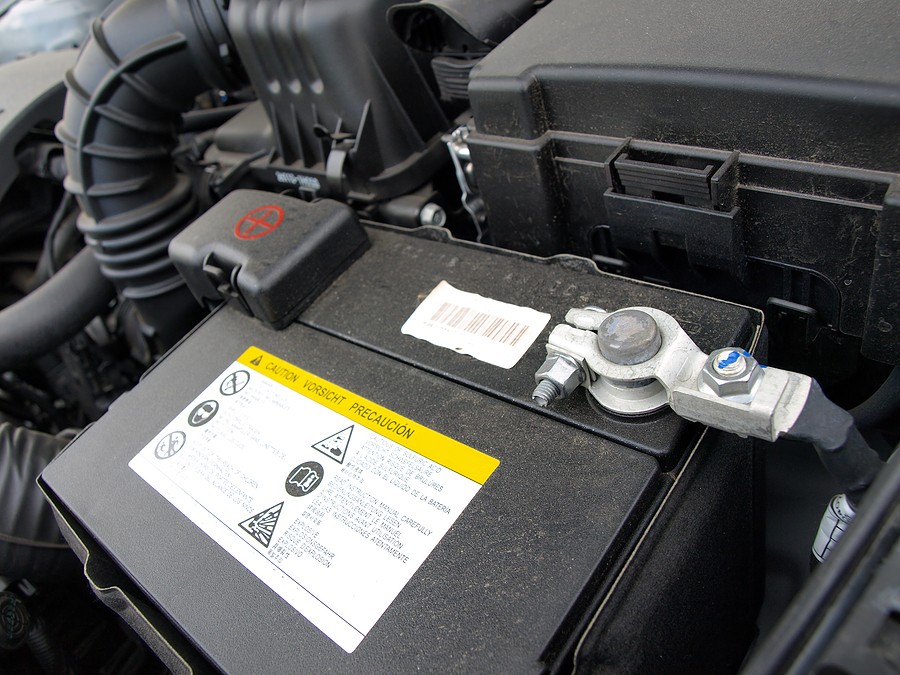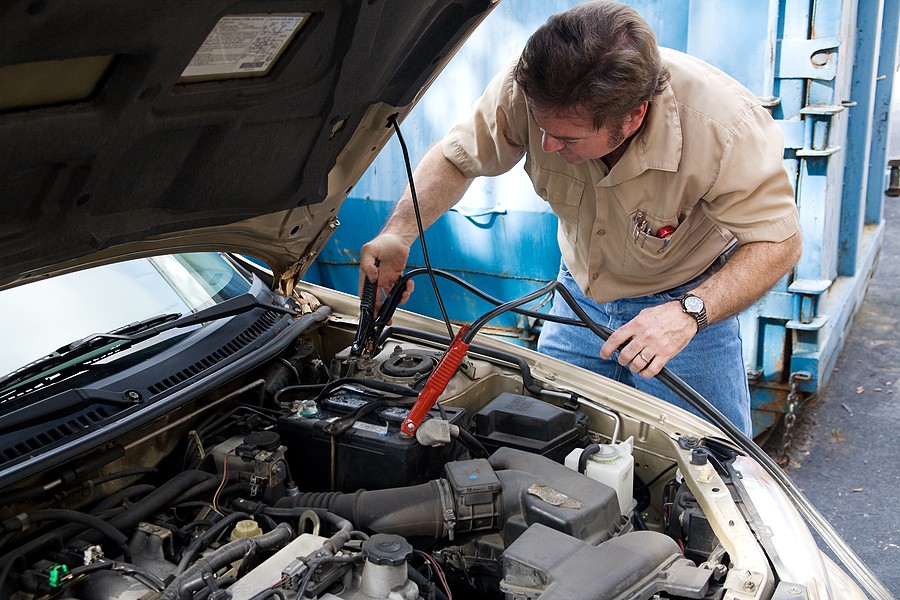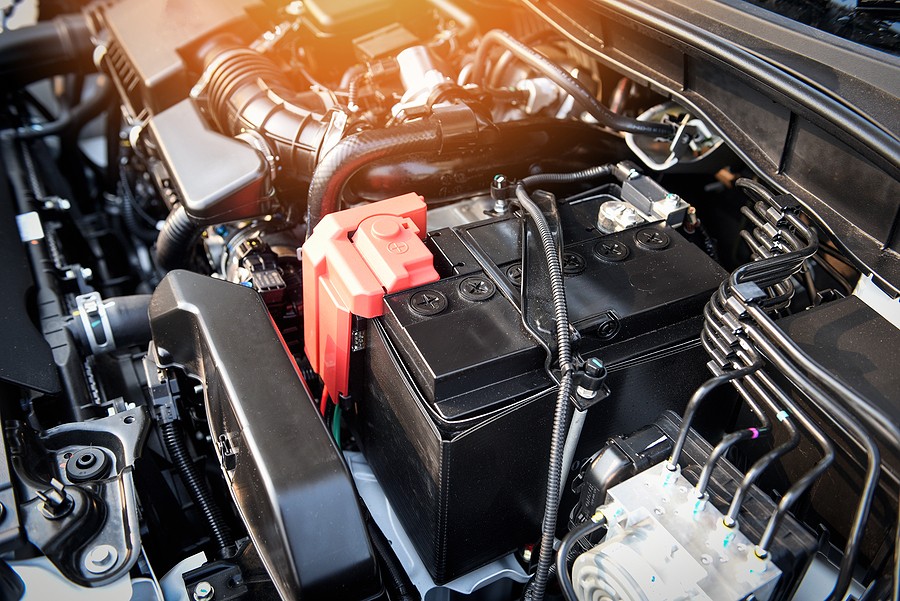If you're wondering “how to know if the alternator is charging,” you can try one of the following diagnosis methods:
- Dashboard warning lights
- Multimeter test
- Belt inspection
The alternator is a critical component of your vehicle. It's responsible for converting the moving energy from the engine to electrical energy to supply your car's electrical components.
A bad alternator can easily prevent any of the electrical components from working. More importantly, it can result in a weak battery that might not be suitable for starting the engine the next time you try to start your car.
Therefore, it's critical for you as a car owner to understand how to determine if the alternator is charging everything properly or not. This is not complicated as long as you follow the recommendations and remove experts.
The following article provides you with three important methods that you could try to diagnose the alternator performance and help you answer the question “How to know if the alternator is charging?”
What are the symptoms of a bad alternator?
Before we dive into the details about the different diagnoses that could help you confirm whether the alternator is not working properly, there are some symptoms you could watch for. These symptoms should help you narrow the list of potential couples you might want to check.
In general and according to automotive experts, the list below summarizes the three most common symptoms indicating A failing or bad alternator in your car:
1- Dimming lights
The most common symptom indicating a failing alternator is when you have issues with their lights. Looking at the lights, you'll see they are less shiny than before. In other words, they might look dimmer and not give you the typical range of rays.
It's important to know that dimming headlights when the vehicle is not running potentially means an issue with the battery. Therefore, you must check on the headlights or the tail lights when the engine is running and see if they're not as shiny as they should be.
2- Strange noises
Another potential symptom of a bad alternator is when you have weird noises coming from the alternator side. Typically, these noises are more like squealing or grinding, which might indicate an issue with the internal components within the alternator.
For example, if the alternator belt is damaged, you'll hear some squealing noises, indicating that this belt is not connected properly and is getting looser over time. You have to check with your mechanic to see if you can fix this minor component within the alternator or if he needs to replace the entire alternator.
3- Battery issues
Finally, a bad alternator can prevent the battery from working properly. As we indicated before, the alternator is the power generator, and it takes the energy from the engine and charges all the electrical components, including the battery itself.
If the battery does not receive enough charge, it'll be weak, and therefore, if you're trying to start your car the next time, you'll see that the battery is not behaving as it should. The first thing that might come to your mind is that you're dealing with a bad battery. However, that's not the case.
One quick way to confirm whether you're dealing with a battery or an alternator is by using a jump start. The jumpstart helps you skip the battery roll and gets your vehicle going. If the electrical components are not working after you jumpstart your car, your car likely has a bad alternator. Of course, you have to check on the other components within the starting system to confirm.

How do you know if the alternator is charging?
After looking for the potential symptoms of a bad alternator car, you must also ensure that you're looking at the right problem. In other words, some of these symptoms might be very general and could be linked to other problems. Therefore, without confirming using clear tests that are targeting the alternator, you can't confirm.
The following list summarizes three different ways that could help you identify whether you're most likely dealing with a bad alternator or something else:
1- Dashboard warning lights
Depending on your vehicle, you'll sometimes have a specific warning light to indicate a bad alternator. This warning light will be mostly like a battery, but you might only want to rely on the check engine light in some other vehicles.
Remember that the check engine light is very general and could indicate a list of potential problems. Therefore, you need to use an OD scanner to scan your car's internal computer to confirm the real culprits.
Regardless of which culprit is triggering the check engine lights, support that you address the problem as soon as possible because, typically, it's not going to be triggered without an issue happening internally, and the more you wait on it, the harder it gets specifics appeared

2- Multimeter test
You can use the multimeter test if you need to test the alternator. This requires some skills; if you're uncomfortable doing it, you might want to rely on the professionals. We'll see how you can use a multimeter test to check on the alternator's health:
Safety precautions
First, you must ensure that you comply with safety precautions and your vehicle is turned off completely. You want to ensure that the ignition key is not in place, and you are recommended to keep the vehicle cool down for some time.
Find the battery
Then, you need to refer to your vehicle owner's manual and locate the battery. The battery should have clear signs indicating the positive and negative terminals because you'll need to find and connect to them properly to perform the test.
Set the multimeter
After that, you need to prepare the multimeter. Experts recommend setting it to a range of at least 12 volts because this will help identify whether the alternator is working properly.
Connect the multimeter
Now, the next step is to connect the multimeter to the battery. You start with the red or the positive side, then connect the negative side, or sometimes you'll find it black.
Start the engine
Once the multimeter is connected, the next step is to start the engine. When you let the engine run for some time, monitor the behavior of the multimeter and see what you notice. Typically, you should notice somewhere between 13.5 and 14.5 volts, indicating that the alternator is doing its job and charging properly.
Increase the load
It would be best to increase the loads to confirm whether the alternator is charging properly. In other words, you cannot try turning on some of the electrical components that will consume energy. For example, you can turn on the air conditioning or the radio and see what happens.
The alternator is charged to the battery and should be in a steady state and not change. If you feel that it's not set to a steady state and things are fluctuating, you might be dealing with a faulty alternator.

3- Belt inspection
Finally, even though you're looking for whether the alternator is charging, the best way to help you identify any problem is by monitoring the component visually. In other words, look at the alternator and see if there are any signs of damage to the belt or Surrounding components.
Problems with the alternator belt can easily prevent it from doing its job, which might translate into failing to charge the different illustrator components and the battery.
The good news is that replacing a belt is not complicated, and you can do it either yourself or hire a professional, but it does not cost you a lot of money because the part itself does not cost more than $30.

How do you know if the alternator is charging? Final Thoughts
When the alternator is not charging, your vehicle will not have the right supply, which looks like components, and you can easily deal with battery problems. Identifying ways to determine whether the alternator is charging or not helps you narrow down the potential list of potential culprits that are causing your electrical issues.
This article provided three important methods that could help you diagnose the alternator and answer the question, “How do you know if the alternator is charging?” If you confirm that the alternator is bad, you have to replace it to get your vehicle going again.
If you're interested in similar posts, we highly encourage you to visit our blog by clicking here.



